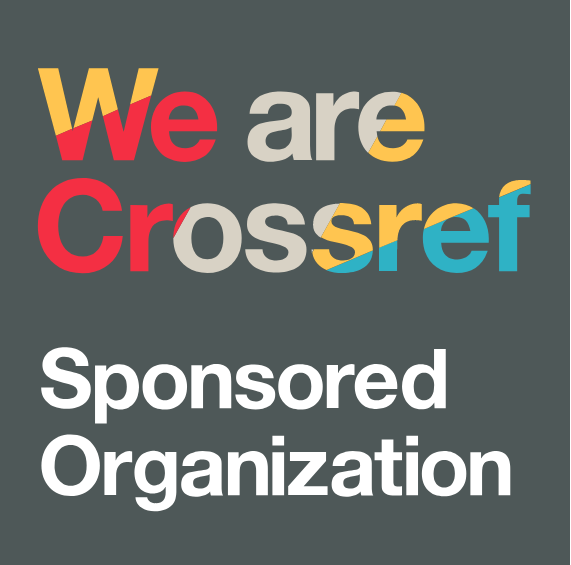The Effect of Interactive Notifications and Gamification on User Engagement in Learning Mobile Applications
DOI:
https://doi.org/10.38035/bz0m9e19Keywords:
Interactive notifications, gamification, user engagement, mobile apps, digital learningAbstract
Mobile learning applications are increasingly developing as interactive and flexible educational tools. One important factor in increasing user engagement is the use of interactive notifications and gamification elements. Personal, real-time, and adaptive notifications can increase user response to digital learning. On the other hand, the application of gamification such as points, badges, leaderboards, and challenges has been proven to strengthen user motivation and learning experience. This article aims to systematically examine the effect of interactive notifications and gamification on user engagement in mobile learning applications based on literature studies. This study analyzes a number of scientific articles from indexed international journals over the past 10 years. The results of the review show that the combination of contextually adjusted notification features and intrinsic motivation-based gamification strategies contribute positively to user retention and increased active engagement in the digital learning process. These findings support the importance of designing learning information systems that prioritize user experiences based on motivation and real-time responses.
References
Ali, H., & Limakrisna, N. (2013). Research Methodology (Practical Guidelines for Solving Business Problems, Writing Theses (Doctoral dissertations, Theses, and Dissertations. In In Deeppublish: Yogyakarta.
Alqahtani, A. Y., & Rajkhan, A. A. (2020). E-learning critical success factors during the COVID-19 pandemic: A comprehensive analysis. Education Sciences, 10(9), 216. https://doi.org/10.3390/educsci10090216
Alsawaier, R. S. (2018). The effect of gamification on motivation and engagement. International Journal of Information and Learning Technology, 35(1), 56–79. https://doi.org/10.1108/IJILT-02-2017-0009
Deterding, S., Dixon, D., Khaled, R., & Nacke, L. (2011). From game design elements to gamefulness: Defining “gamification.” In Proceedings of the 15th International Academic MindTrek Conference (pp. 9–15). https://doi.org/10.1145/2181037.2181040
Domínguez, A., Saenz-de-Navarrete, J., de-Marcos, L., Fernández-Sanz, L., Pagés, C., & Martínez-Herráiz, J. J. (2013). Gamifying learning experiences: Practical implications and outcomes. Computers & Education, 63, 380–392. https://doi.org/10.1016/j.compedu.2012.12.020
Hamari, J., Koivisto, J., & Sarsa, H. (2014). Does gamification work? – A literature review of empirical studies on gamification. In Proceedings of the 47th Hawaii International Conference on System Sciences (pp. 3025–3034). https://doi.org/10.1109/HICSS.2014.377
Hassenzahl, M. (2010). Experience design: Technology for all the right reasons. Morgan & Claypool.
Kang, M., & Kim, M. K. (2021). Mobile push notifications and student engagement in mobile learning: A field experiment. Interactive Learning Environments, 29(4), 549–561. https://doi.org/10.1080/10494820.2019.1610455
Lim, W. M., & Chen, Y. X. (2021). The impact of push notification design on user engagement in mobile learning. Computers in Human Behavior Reports, 3, 100071. https://doi.org/10.1016/j.chbr.2021.100071
Nacke, L. E., & Deterding, S. (2017). The maturing of gamification research. Computers in Human Behavior, 71, 450–454. https://doi.org/10.1016/j.chb.2016.11.062
O’Brien, H. L., & Toms, E. G. (2008). What is user engagement? A conceptual framework for defining user engagement with technology. Journal of the American Society for Information Science and Technology, 59(6), 938–955. https://doi.org/10.1002/asi.20801
Oduor, E., Alharthi, S., & Maalej, W. (2018). Notifeye: Using interactive push notifications to improve user engagement. In Extended Abstracts of the 2018 CHI Conference on Human Factors in Computing Systems. https://doi.org/10.1145/3170427.3188667










